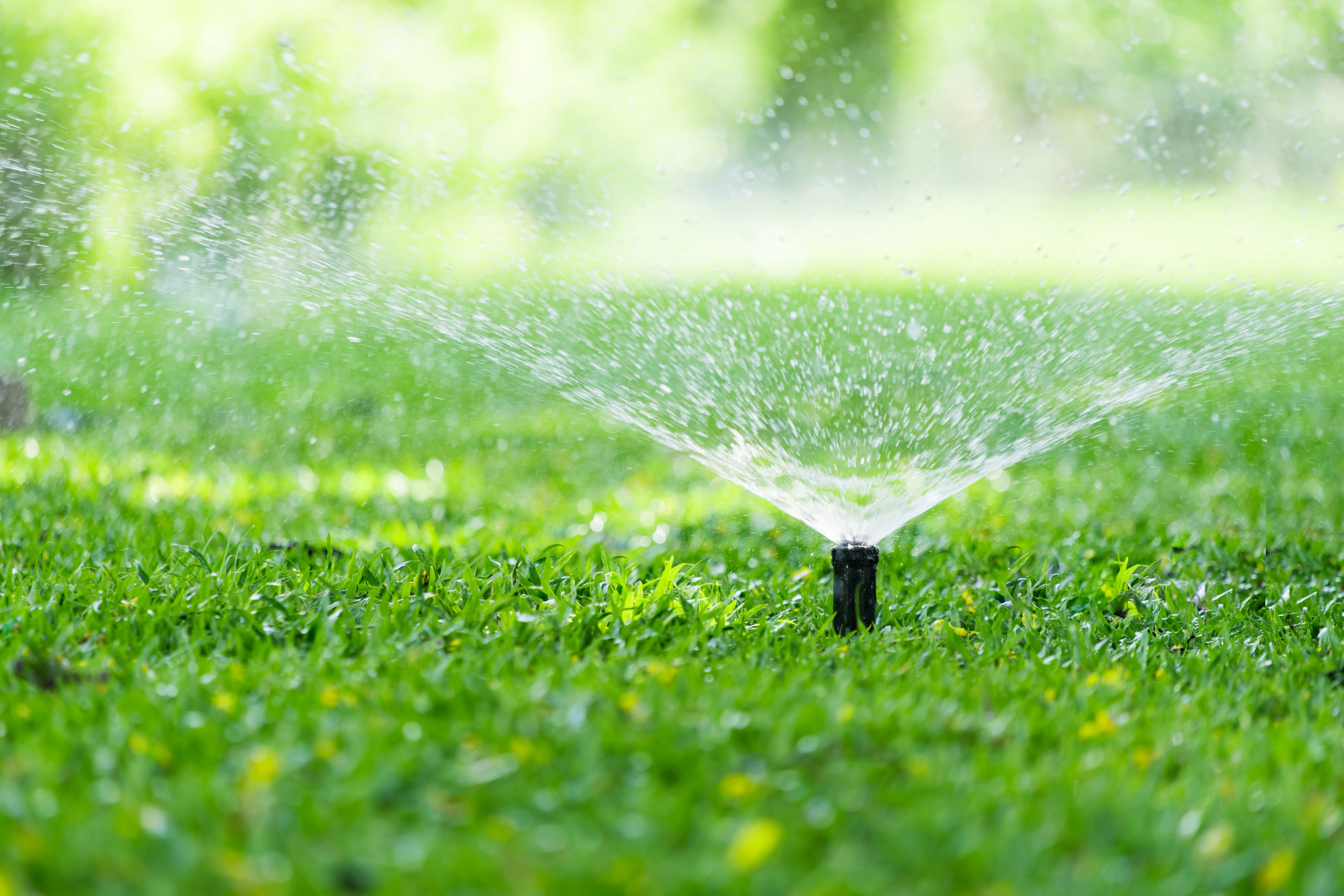
How To Reduce Water Usage: Smart Irrigation Month
July is Smart Irrigation Month, which means it’s a great time to check your irrigation systems to make sure they are operating correctly and you are not wasting water. Not only will it conserve a natural resource, it will save you money and help your plants thrive. George Bernardon, our Vice President of Grounds Management, has provided us with his top 3 ways to reduce the amount of water you use for irrigation. Take a moment to see if you can put any of these practices to work for you- in his experience with extreme cases, he has been able to reduce water usage by 90%, all while saving money and making the turf look better.
George Bernardon’s Top 3 Tips For Smart Irrigation Month
- Monitor System Integrity: If you have a leak, fix it- don’t rationalize it, or pretend that it is small. University of Florida research has found that the average residential irrigation leak wastes over 3000 gallons of water a month, with large leaks wasting tens of thousands. Watch your system run and make sure that you do not have puddles forming or water running down your hardscape. Also take time to see if you are watering where you want to. Make sure that your irrigation heads are watering the turf, not the asphalt around it. Adjusting irrigation heads is simple and there are plenty of great videos online showing how to do it. Typically, this change only requires a screwdriver.
- Use Less Water Per Cycle: Why is your system set the way it is? If you have a smart system that uses real time weather data like we do at many of our campuses, great! Let the system do what it does. If you have a traditional system on a timer, see if you can lower the time by a few minutes. For most zones, removing 1 minute per cycle could save close to a hundred gallons a month. See if you can keep reducing the run time, especially with your spray heads. In non-sand soils, pop up spray heads that put out a mist of water should not run for more than 4 minutes at a time. The water cannot enter the soil fast enough and it runs off. When I used to do residential irrigation work, I found that most were set at 10 minutes. Making this change could save you over 500 gallons per zone a month.
- Run Less Cycles: 1 residential irrigation cycle will use over a thousand gallons of water. Make sure you have a rain sensor to stop your irrigation in case of rain. They cost about $50 and take minutes to install. Many locations even require them. Most of us tend to water too much and could easily skip some cycles. At max, irrigate your lawn 3 times a week. I usually do not even water my shrubs as they are established, but in droughts I water just enough to keep them alive. Research on smart irrigation systems found that even professional water managers tended to over water by 30%. Homeowners tended to overwater by 50%. Not only can you reduce your impact on your local environment, you can cut your summer water bill in half!
If you are wondering how to reduce water usage in other ways, consider adding more technology to your lawn. There are plenty of new irrigation components that you can use to conserve more water, and I absolutely recommend them. Heads and nozzles that use less water, in-ground moisture sensors, and smart irrigation controllers that can be controlled remotely and let you know if you have a leak. These are all smart ways to reduce the amount of water you use for irrigation. Check our resource center for more tips & tricks to help you take care of your lawn.